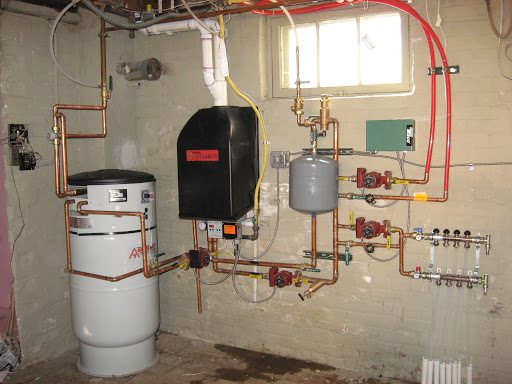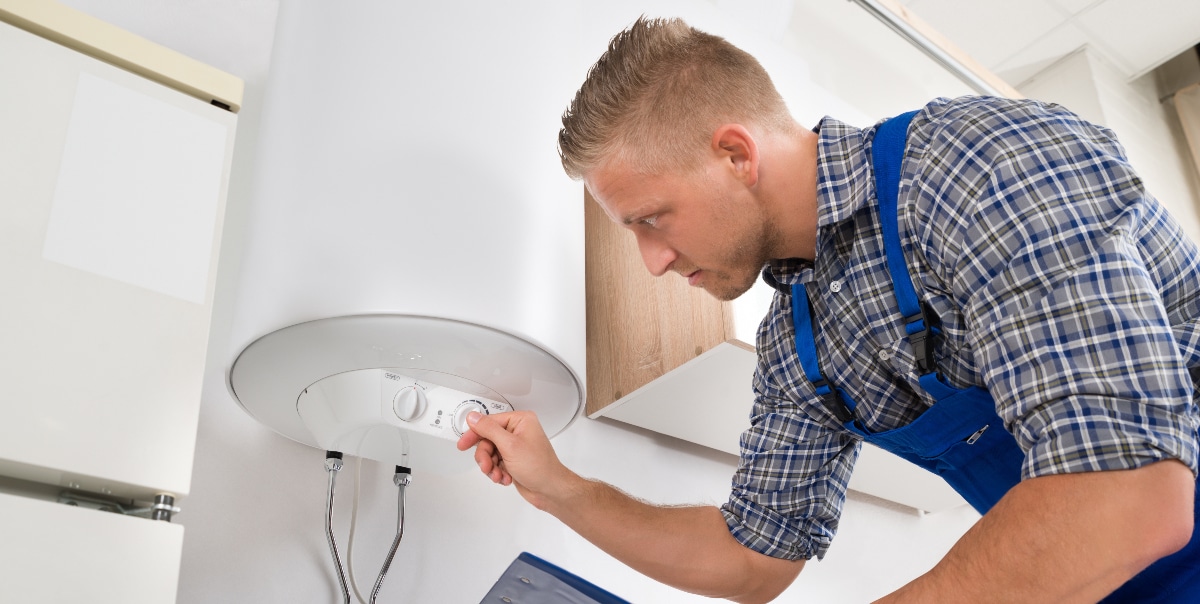Expert Tips on Maintaining Your Home's Hot Water System
Expert Tips on Maintaining Your Home's Hot Water System
Blog Article
Nearly everybody maintains their own individual theory with regards to Water Heater Maintenance Tips You Can't Afford to Forget.

Hot water is crucial for daily comfort, whether it's for a revitalizing shower or cleaning recipes. To ensure your warm water system runs efficiently and lasts longer, normal maintenance is essential. This post gives practical suggestions and insights on just how to maintain your home's hot water system to stay clear of interruptions and pricey repair work.
Intro
Maintaining your home's hot water system may appear difficult, yet with a few basic actions, you can ensure it runs efficiently for many years ahead. This guide covers whatever from recognizing your hot water system to DIY upkeep pointers and recognizing when to hire expert aid.
Relevance of Keeping Your Hot Water System
Normal maintenance not only prolongs the life-span of your hot water system however additionally guarantees it operates effectively. Disregarding upkeep can lead to decreased effectiveness, greater power bills, and even premature failing of the system.
Indicators Your Warm Water System Needs Maintenance
Understanding when your warm water system requires attention can avoid major issues. Look out for signs such as inconsistent water temperature, strange noises from the heater, or rusty water.
Comprehending Your Warm Water System
Prior to diving right into upkeep jobs, it's helpful to understand the basic elements of your hot water system. Normally, this consists of the hot water heater itself, pipelines, anode poles, and temperature level controls.
Regular Monthly Maintenance Tasks
Regular monthly checks can assist catch minor problems before they intensify.
Flushing the Water Heater
Flushing your water heater eliminates sediment accumulation, enhancing effectiveness and extending its life.
Checking and Changing Anode Rods
Anode poles protect against deterioration inside the container. Checking and replacing them when worn out is critical.
Checking and Changing Temperature Setups
Changing the temperature settings makes certain ideal performance and safety and security.
Do It Yourself Tips for Maintenance
You can execute a number of maintenance jobs on your own to keep your warm water system in leading condition.
Looking for Leaks
Routinely evaluate pipelines and connections for leakages, as these can cause water damage and greater bills.
Examining Stress Relief Valves
Checking the pressure safety valve ensures it works correctly and protects against extreme pressure accumulation.
Insulating Pipelines
Insulating warm water pipes lowers warm loss and can conserve energy.
When to Call a Specialist
While DIY upkeep is helpful, some issues call for professional experience.
Complex Problems Requiring Expert Help
Examples consist of major leakages, electrical troubles, or if your water heater is consistently underperforming.
Regular Professional Maintenance Conveniences
Professional upkeep can include extensive inspections, tune-ups, and ensuring conformity with safety and security standards.
Final thought
Normal maintenance of your home's hot water system is crucial for efficiency, durability, and price savings. By complying with these pointers and knowing when to seek professional assistance, you can make sure a reputable supply of warm water without unanticipated disturbances.
How to Maintain an Instant Hot Water Heater
Before tinkering with your hot water heater, make sure that it’s not powered on. You also have to turn off the main circuit breaker and shut off the main gas line to prevent accidents. Also turn off the water valves connected to your unit to prevent water from flowing into and out of the appliance. 2. When you’re done, you have to detach the purge valves’ caps. These look like the letter “T†and are situated on either side of the water valves. Doing so will release any pressure that has accumulated inside the valves while at the same time avoid hot water from shooting out and burning your skin. 3. When the purge valves’ caps are removed, you have to connect your hosing lines to the valves. Your unit should have come with three hoses but if it didn’t, you can purchase these things from any hardware or home repair shops. You can also get them from retail stores that sell water heating systems. Read the user’s manual and follow it to complete this task properly. When the hosing lines are connected, open the purge port’s valves. 4. You should never use harsh chemical cleaners or solutions when cleaning your unit. Make use of white vinegar instead. It should be undiluted and you’ll probably use about 2 gallons. 5. Now flush your water heater. This task should probably take about 40 minutes. We can’t give you specific directions for this because the procedure is carried out depending on the type, model and brand of your heater. With that being said, refer to the user’s manual. 6. When you’re done draining the unit, you have to turn off the purge port valves again. Remove the hosing lines that you earlier installed on each of the water valves. Put the valve caps (purge port) back in their respective places and be very careful so as not to damage the rubber discs that are found inside these caps. 7. Now that everything’s back in place, check your user’s manual again to find out how to reactivate your water heating system. 8. Once it is working, turn one of your hot water faucets on just to let air pass through the heater’s water supply pipes. Leave the tap on until water flows smoothly out of it. https://www.orrplumbing.com/blog/2014/september/how-to-maintain-an-instant-hot-water-heater/

We had been made aware of that write-up on Water Heater Maintenance Tips You Can't Afford to Forget through a buddy on another site. Liked our post? Please quickly share it. Help someone else discover it. I treasure your readership.
View Website Report this page